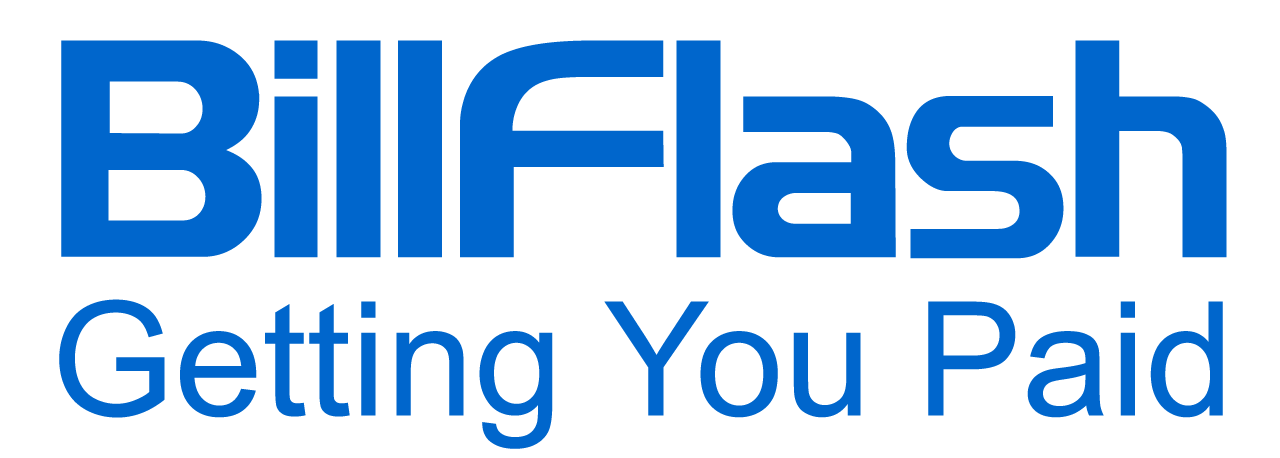Learn more as we walk you through the 5 most common medical billing errors and strategies to prevent them from happening.
Healthcare practices are typically hectic places where mistakes—even little ones—can and do happen. Accurate medical billing is a must, but when you're juggling patients and paperwork, errors sneak in. A dropped digit in a policy number, a code typed incorrectly, services rendered but not properly documented—these common medical billing errors disrupt smooth revenue cycles down the road.
While no process is mistake-proof, being aware of common medical billing errors, on the insurance and patient payment sides, helps avoid easily preventable errors. Catching issues early also minimizes the downstream effects when inevitable mistakes do happen.
In this article, we will walk through 5 common medical billing errors to help you understand where things often go wrong. We will also share some solutions healthcare practices of all sizes can implement to limit billing errors and respond appropriately when they do happen.
The focus is on quickly identifying common errors, implementing systematic checks, and creating a culture focused on accuracy. While eliminating mistakes may not happen, staying on top of vulnerabilities, utilizing technology, training staff, and responding appropriately keeps problems from getting out of hand. No healthcare practice, large or small, is immune from billing errors. However, healthcare practices that invest in the right systems and are vigilant can contain the damage.
Common Billing Errors
Certain errors are common in both medical insurance billing and patient billing. These include coding errors, missing or incorrect patient information, non-covered services, unbundling, and duplicate billing. These common medical billing errors can lead to significant issues if not addressed properly.
Coding Errors
Choosing the wrong healthcare billing code—or multiple codes—fails to accurately capture the treatment, diagnosis, or procedure. This can stem from a coding misunderstanding, a misinterpretation of medical records, or a failure to capture the full clinical picture. The consequences start with denied claims and go on to non-compliance.
Example: Incorrectly coding a routine office visit as a specialty procedure.
Why Does It Occur? Outdated code definitions, rushed coding, complicated cases, lack of training.
Missing or Incorrect Patient Information
Even small patient record gaps or typos can quickly make a claim invalid. Duplicate names and policy numbers add confusion. Accurate, unique identifiers are key to matching records.
Example: Transposed date of birth or insurance policy number.
Why Does It Occur? Human error, handwritten records, patient mistakenly providing the wrong details.
Non-Covered Services
Billing for excluded services wastes payment cycles and brings up patient complaints. Insurers must retroactively reject a claim even after it has been paid and seek reimbursement.
Example: Billing a cosmetic procedure to insurance that doesn't cover it.
Why Does It Occur? No upfront confirmation of coverage terms and exclusions.
Unbundling
Fragmenting related services to bill separately leads to higher reimbursements initially but draws audits and allegations of fraudulent billing.
Example: Billing pre-operative, surgery, and post-operative care individually and not under an all-inclusive code.
Why Does It Occur? Pressure to maximize reimbursement, not being aware of billing rules.
Duplicate Billing
One of the most common medical billing errors is duplicate billing. Accidentally submitting the same claim twice takes time to work out and redirects payments until corrected. At best, it delays payment. At worst, it sounds the alarm for fraudulent behavior.
Example: Entering in the same procedure twice because of a computer glitch.
Why Does It Occur? Manual data entry, system errors, and claim rejection resubmissions.

Best Practices to Avoid Billing Errors
Staying on top of evolving medical codes, insurance plans, regulations, and patient billing takes diligence. But investing in that foundation pays dividends through cleaner claims, faster payments, and avoiding healthcare compliance nightmares.
Verify Eligibility and Coverage
Confirm details at each visit, and don't rely on previous information. Make sure procedure codes are also covered and pre-approvals are obtained when necessary. Report changes to patient records.
Scrub Claims Before Sending
Perform system checks for duplicate services, gaps, invalid codes, and inconsistencies. Review flagged issues before claims submission.
Check EOBs for Denials
Explanation of benefits forms also provides specifics on claim denials. Identify reasons, correct errors, and promptly resubmit. Watch for patterns signaling weaknesses in your systems and processes.
Stay Current on Coding
Sign up for code update services as well as engage in regular training. Verify that your employees also use the most recent definitions and conduct routine audits correctly.
Compare Claims to Notes
Do charges fall in line with clinical documentation? Differences signal records review, staff education, and process adjustments are needed.
Carry Out Self-Audits
Periodically review coding accuracy, patient coverage, and services billed against payments received. It is also important to check for policy compliance, process integrity, and the effectiveness of staff training.
Utilize Billing Technology
Automation reduces manual errors through tasks such as:
- Sending patient statements electronically
- Importing patient information from electronic medical records
- Verifying patient details against databases
- Detecting duplicate patient billing
Fix Mistakes Quickly
When mistakes are made, respond quickly to:
- Issue patient refunds
- Resubmit corrected claims
- Assess damage and disclose issues appropriately
- Adjust processes to prevent the same mistakes from happening over and over
Reinforce Diligence
Establish a culture of accuracy through:
- Training new staff members
- Documenting processes
- Incentivizing error prevention
About 10% of medical claims are rejected due to a lack of compliance. However, compliance risks can be reduced when everyone keeps up with changing regulations.

Consequences of Billing Errors
Beyond denied claims and payment delays, common medical billing errors can trigger regulatory fines, reputation damage, and unhappy patients if they are not fixed promptly.
Financial Loss
Lost or delayed revenue, plus the number of hours staff spend resolving issues, strain healthcare budgets. Some healthcare practices will eventually turn to loans to keep their doors open.
Legal Penalties
Significant fines, and even criminal charges, may apply when infractions point to fraudulent billing practices—whether deliberate deceit or an oversight.
Patient Dissatisfaction
Inaccurate bills harm patient trust, lead to complaints to insurance providers, and may lead patients to change providers—especially when significant out-of-pocket expenses blindside them.
Reputation Damage
Even if they are not true, word-of-mouth billing problems or accusations of wrongdoing damage reputations and referral systems.
Insurance Audits
Patterns of mistakes will also lead to insurers launching claims reviews. Practices hold the administrative burden of supplying records, explaining inconsistencies, and correcting errors.
Compliance Violations
Beyond financial penalties, repeated infractions increase the likelihood that authorities will apply short-term practice suspensions or tack on ongoing oversight requirements, which will take time and reduce options for medical care.

Ensure Financial Health Through Accurate Billing With BillFlash
Common medical billing errors such as coding mistakes, missing patient details, billing for non-covered services, unbundling, and duplicate billing can lead to denied claims, revenue loss, and compliance issues. Preventing these errors through systematic checks and utilizing the right technology solutions is crucial for healthcare practices.
BillFlash provides innovative solutions designed to alleviate the biggest billing and revenue cycle headaches for healthcare practices. Our cloud-based application also automates the patient billing process by sending eBills, enabling payments, and facilitating patient collections. This prevents many patient-balance errors upfront.
Our RCM services allow practices to outsource their insurance billing process to a dedicated team. We manually review all claims before submission and handle denials. Between our cloud-based application and RCM Services, healthcare practices also have end-to-end support to drive accuracy, prevent errors, and ensure financial health.
Find out how BillFlash can reduce headaches and accelerate cash flow for your practice. Check out our billing and payment solutions and schedule a demo today!

